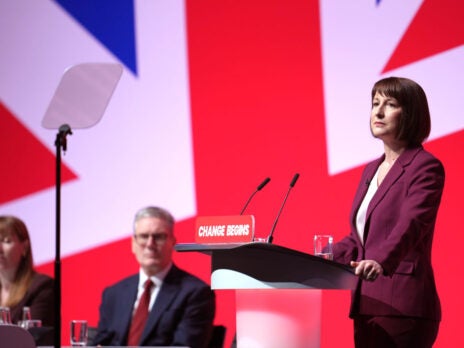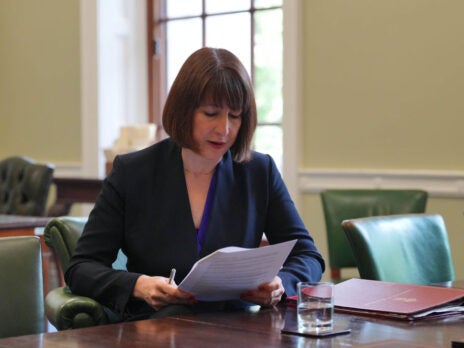
The polls are unmistakably narrowing. Labour’s lead has fallen from 21 points at the start of January to 16 points as of the start of this week. It’s a decline, but let’s put it in context: they’re still outsized numbers.
Labour enters this year’s local elections in its best polling position since Tony Blair was leader. The party is still in landslide territory albeit less secure than last winter. But why the drift? Why has Labour’s lead fallen and why are so many commentators speaking as if the next election will be a nail-biter?
To understand it all, you first need to grasp what drove the surge in support for Labour in the first place. From October 2022 through to January of this year, between 10 and 20 per cent of those people who backed the Tories in 2019 were switching to Labour. At the same time, as many as 30 per cent were unsure about who to vote for, or even whether they would vote at all. We also saw a drift of 2019 Conservative supporters to Reform and the Liberal Democrats, totalling close to 10 per cent of the former Tory base.
These numbers – particularly the apathetic bloc – were without doubt dramatic in aggregate. Less than half of the Tories’ 2019 support base were committed to voting for them at the next election. This was not normal midterm blues – it was apocalyptic.
Since then, things have changed. Rishi Sunak’s ascension to No 10 wasn’t greeted with particular warmth. He initially failed to inspire the Tory base and public attention on the NHS in January put him in a bad light.
But his widely-hailed success over Northern Ireland and Brexit helped boost his ratings and the Tories’ “Stop The Boats” campaign has played a significant role in rallying the base. Polling by JL Partners in marginal seats found that announcements on immigration have changed both perceptions of Sunak and of the issue in general significantly (even the polls moved little initially)..
It was within this precise period – between the Windsor Framework and the launch of the boats campaign – that Labour’s lead began to drift downwards. It was never particularly sudden. What we saw, and what we are continuing to see, is a slow rallying of the Tory base.
In practice, what this means is that the share of Tory voters now unsure of who they will support stands at 20 per cent, down 10 points since January. But the share defecting to Labour appears more stable. In January, including “don’t knows”, it stood at 18 per cent, now it’s 14 per cent.
Labour]s lead is down because Sunak is starting to find favour with the voters. He is a technocrat with some successes to point to, whereas Keir Starmer is a technocrat with... what?
Sunak and Starmer are close to neck-and-neck in polls on likeability. And it is numbers and noises such as these that perhaps explain why we’ve so many comment pieces have talked up the possibility of a fifth consecutive Tory election victory.
But, as I often point out, the UK does not have a presidential system – perceptions of parties still matter. A 15-point lead is still a 15-point lead. The Tories need to advance much further to recover – and it remains to be seen whether they can.
[See also: We are poorer - but what are our politicians doing about it?]


